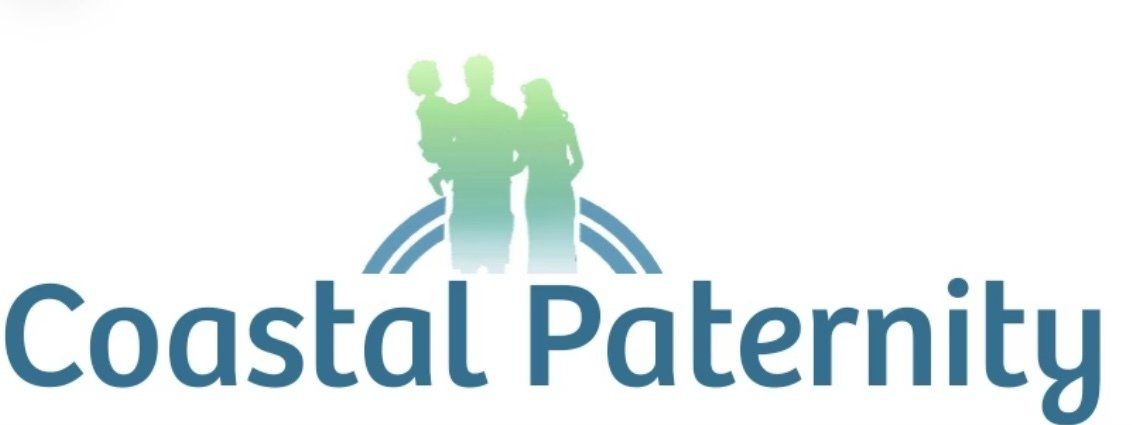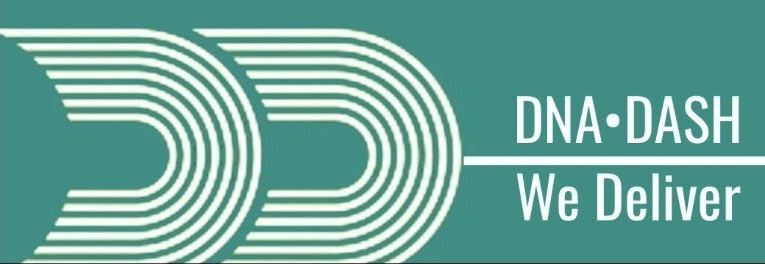Blog Layout
What You Need to Know About the Authorization of Paternity Form (AOP)
May 19, 2020
Paternity, as defined in the US legal arena, is the quality or state of being a father, or the male parent of a child. The legal obligations of being a father are established by consent to paternity and DNA testing. DNA testing is the best proof of paternity. The US Department of Health and Human Services says that every state in the US must offer unwed parents the chance to establish paternity by voluntarily signing an Authorization of Paternity Form (AOP, also known as the Paternity Acknowledgement form). The AOP establishes who has rights to a child.
Animation of the structure of a section of DNA. DNA testing is the most reliable means of determining paternity. (Photo credit: Wikipedia)
Increase in Unwed Parents Increases the need for DNA Testing
According to the CDC, 40.8% of all children in the United States are born to unmarried parents.
In 2007, that figure was 18.4%, so the number of unwed fathers is growing at an alarming rate. As the number of unwed fathers increases, the need for establishing paternity by scientific means such as DNA testing, also increases.
What Is the Authorization of Paternity Form?
The Authorization of Paternity form, or AOP, is a legal document that is the official means by which the Bureau of Vital Statistics
records that a particular man is the father of a child.
In many states the father’s signature on this form acts as a substitute for a court order- officially establishing his paternal relationship with the child. The father listed on the AOP is legally responsible for the financial support of a child. The Affidavit can be rescinded (cancelled) within (60) days of the date of the signature. This action must be completed at the county Health Department in the county where the child was born, or at the state’s Vital Records office. A court order is required to remove the man’s name from a birth certificate.
The father listed on the AOP also has the right to be consulted in the event of an adoption proceeding. The AOP gives the child the right to secure benefits, such as health insurance, Social Security, and the right to inherit from the father.
The Paternity Acknowledgement Form contains the following information:
- Child’s full name.
- Mothers full name, date of birth and social security number.
- Fathers full name, date of birth and social security number.
Both parents are required to sign the form in the presence of a notary, and some states require one to two additional witnesses.
The AOP Doesn’t Guarantee All Rights
Rights that are not guaranteed by signing an Acknowledgement of Paternity form are:
Child custody:
In many states, parents that sign a AOP form are not guaranteed custody of the child.
Visitation rights:
The right to scheduled visitation is not guaranteed with the signing of the AOP. If the father is seeking custody/and or visitation rights of a child he will have to do so in a separate court procedure.
A father’s refusal to sign a paternity statement will not clear him of his obligations to the child in regards to child support. The state, in partnership with the natural mother, can seek court assistance to establish paternity and require all parties to submit to court ordered DNA testing. The state will make every effort to collect child support.
What If You Are Not Sure That You Are the Father?
If you are not sure if you are the father of a child, you can request DNA testing before signing the Paternity Acknowledgement form. Call Coastal Paternity at (843) 521-1DNA (1362) to receive more information and obtain confidential, affordable DNA testing.
Denise Drake, RNFA
Coastal Paternity | All Rights Reserved |
Created by Olive + Ash.
Managed by Olive Street Design.


